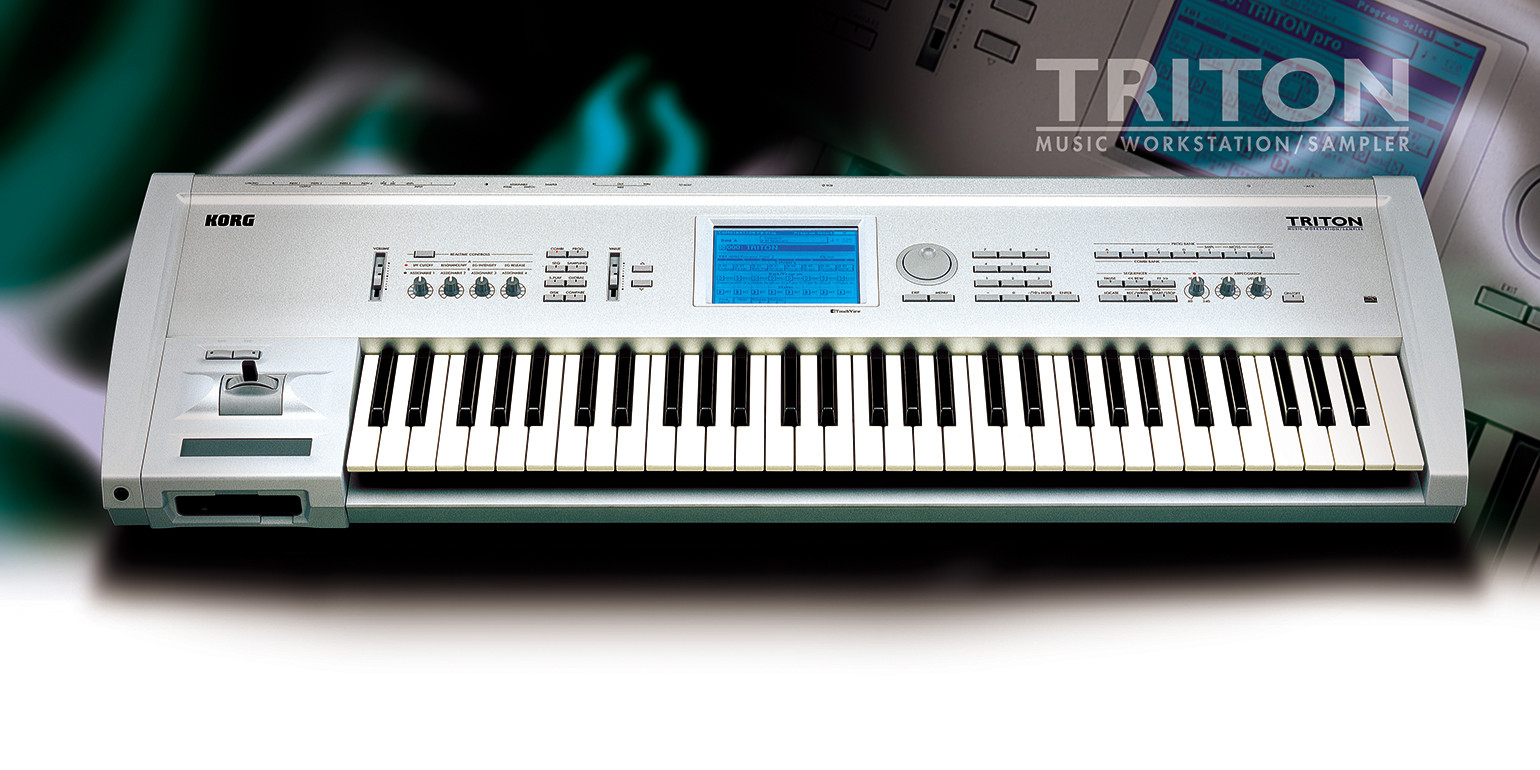How Kylie Minogue’s Can’t Get You Out Of My Head was written in a couple of hours and took most of its sounds from the Korg Triton
As the star rides high again with Padam Padam, we look back at the writing and recording of one of her biggest hits
With new single Padam Padam, Kylie Minogue has scored her biggest hit in years, transcending her usual (slightly more mature) fanbase and taking over TikTok. The song is a classic slice of Kylie electro-pop, though those eerie synths add some extra contemporary spice.
Whatever Padam Padam goes on to achieve, though, it’s unlikely to match that of 2001 single Can’t Get You Out of My Head. Written by Cathy Dennis and Rob Davis, this reached number one in more than 40 countries, and gave Kylie one of the biggest hits of her career.
However, speaking to Music Week [paywall] in 2019, Dennis suggested that the song’s success came somewhat out of the blue.
“I always feel that Can’t Get You Out Of My Head shouldn’t have been the hit that it was - it was written in about two-and-a-half hours,” she recalled. “There have been lots of songs that have been easy to write over the years, but it was probably one of the quickest, if not the quickest, sessions I’ve ever done in my life.”
Getting into a little more detail, Dennis added: “Rob [Davis] is a guitarist and he had some chord ideas, so I started jamming around that. I had an idea in my head about Bronski Beat for some reason, so that’s where I was coming from melodically - although lyrically there was no reference to that at all. Then I had an idea for the, well, I call it the bassline, which was a kind of Kraftwerk idea which I played on the Korg Triton.”

It turns out that, in terms of the instrumental parts, the Triton was Can’t Get You Out Of My Head’s key synth workstation in shining armour. In fact, Davis told Sound on Sound in 2002 that it was the source of almost all of the song’s sounds.
“The whole Kylie record was done on the Triton,” he confirmed. “The hi-hats, bass drum, snare, that's all off the Triton. There's another hi-hat off the Triton, a loop which was out of the Akai [sampler], and I think the shaker was off the Triton too.”
Get the MusicRadar Newsletter
Want all the hottest music and gear news, reviews, deals, features and more, direct to your inbox? Sign up here.
Back to the songwriting session, and for Dennis, a timely trip to the bathroom: “I remember going for a wee, and it was quite an inspirational one!” she told Music Week. “I came back and a lot of lyrics fell into place quite quickly. Then we worked on the second verse together and then I came up with the, ‘la, la, la’ thing just before I was leaving and that was it.”

On getting down to recording the song, Davis told Sound on Sound: “I started with the loop and drums, and then put down some chords. There's two basses: an organ bass out of the Triton and a Roland Juno-1, which has blown up since! Strings and Wurli were off the Triton.
“I sampled the 'las' into the Akai in the end, so they're coming back off MIDI. There's a filtered, gated synth part off the Triton, and a wah-wah guitar from the Johnson J‑Station.”
“I co-produced Can’t Get You Out Of My Head with Rob,” recalled Dennis. “Kylie was in the studio at the same time - I didn’t have any expectations and I don’t think she did either. We recorded some of it in Universal’s writing room and we put the finishing touches to it in a studio in Hampstead. It was a really cheap production.”
Cheap but most definitely cheerful; the song and its video are now part of pop history. And, when Kylie gave her first live performance of Padam Padam last month on American Idol, Can’t Get You Out Of My Head was the song that she segued into.
However, the final twist is that, despite making it her own, the song wasn’t originally intended for Kylie, and only came her way after S Club 7 and Sophie Ellis-Bextor had turned it down.
Big mistake, guys. Huge.



I’m the Deputy Editor of MusicRadar, having worked on the site since its launch in 2007. I previously spent eight years working on our sister magazine, Computer Music. I’ve been playing the piano, gigging in bands and failing to finish tracks at home for more than 30 years, 24 of which I’ve also spent writing about music and the ever-changing technology used to make it.
“Do you dare to ditch those ‘normal’ beats in favour of hands-on tweaking and extreme sounds? Of course, you do”: Sonicware CyDrums review
“Excels at unique modulated timbres, atonal drones and microtonal sequences that reinvent themselves each time you dare to touch the synth”: Soma Laboratories Lyra-4 review









